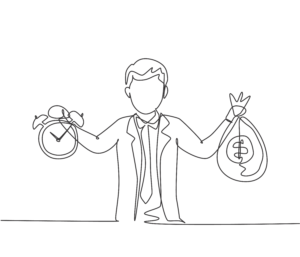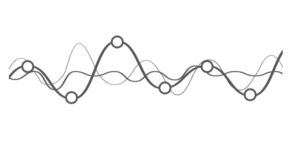Part 1 – The “addicted” market…
As investors, we’re always trying to stay one step ahead of the market. We want to know whether the market is at its bottom, or if we should expect it to fall further. Understanding the direction of the market is key to making informed investment decisions.
To help you better understand the market, let’s use an analogy: think of the market as a runner. It runs, gets tired, runs again, and sometimes, it even has a heart attack. The heart attack phase is the recession, while the “getting tired” phase presents an opportunity to invest because the market may eventually recover.
The challenge, of course, is to tell the difference between the heart attack phase and the “getting tired” phase. It’s easier said than done!
The last time the market had a heart attack was in 2008-2009. In 2020, it had another heart attack due to COVID-19, but the Fed stepped in and gave it some “steroid” injections in the form of “free money” being pumped into the economy. This prevented another heart attack, and the market started running again.
But in 2022, the Fed realized that the market was getting addicted to these injections, and it announced that it would no longer provide them. As a result, most asset classes dropped, and we entered a “getting tired” phase.
In 2023, we’re in the middle of a banking crisis. The Fed stepped in to provide the necessary care, but it’s still saying “no” to providing steroid injections. Unlike in 2020, the money pumped into the system is going to the banking system, and not directly to end-consumers. Money in the hands of the banking system is unlikely to cause inflation unless it finds its way to end-consumers as “cheap money.”
So why is the Fed raising interest rates, and why is inflation bad? The Fed is increasing interest rates to reduce inflation, which can lead to hyperinflation and destabilize the economy in the long term. Inflation can cause currency devaluation, hoarding of goods, and bartering due to a loss of confidence in the currency.
Therefore, in my opinion, the Fed has no option but to introduce a recession in the US, even though they’re not stating it publicly. The question about a recession is not “if” but “when”!
As investors, we need to pay attention to the market’s movements and understand the current economic climate. The market runs in cycles, and we need to be prepared for both the good times and the bad. By staying informed and making informed decisions, we can navigate these cycles and come out ahead.
In part 2, we’ll discuss how to navigate these cycles by dodging bullets! So stay tuned.



